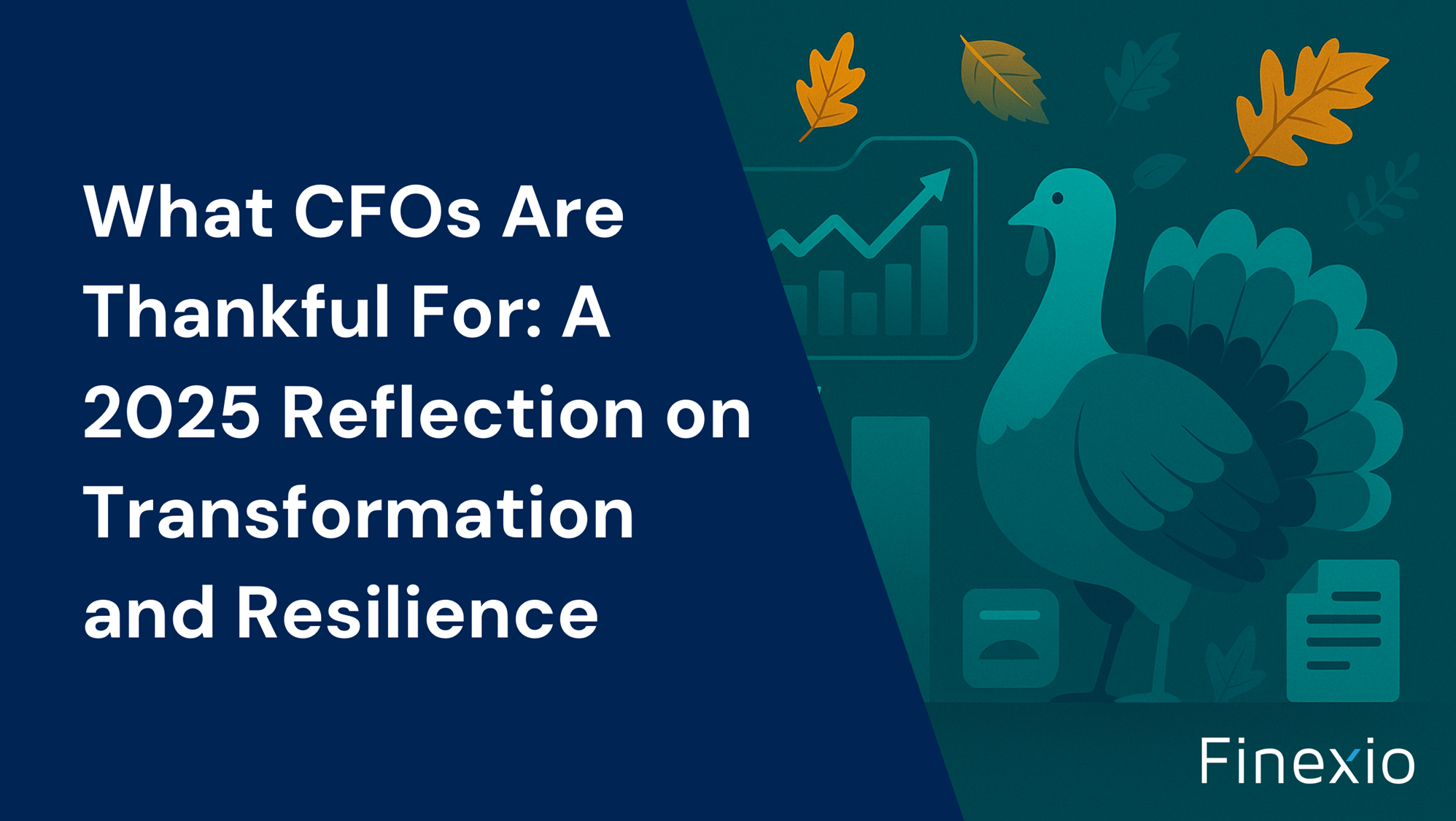The Pitfalls of the App Store Model in B2B Payments and AP Processes


In today's fast-paced digital age, businesses often rely on technology to streamline their operations. The advent of app stores has revolutionized the way businesses select and deploy software applications. Popular B2B App store models, such as Coupa, Dynamics, and Netsuite, offer a myriad of apps designed to resolve specific business problems. However, when applied to the domain of Business-to-Business (B2B) payments and Accounts Payable (AP) processes, the app store model has its fair share of drawbacks. In this blog post, we aim to shed light on these challenges and propose a more integrated, holistic approach.
Fragmented Solutions
One of the primary drawbacks of the app store model is the inherent fragmentation of solutions. The apps available on these platforms are usually designed to solve specific problems, and unfortunately, they lack a holistic approach to business needs. This results in disjointed solutions, causing the workflow to be choppy and ineffective. For example, one app may handle invoice processing while another manages payments, but if these apps don't interact seamlessly, it could lead to information gaps, errors, and inefficiencies.
Integration Challenges
Each app is architected differently, and integrating them into a single, unified system can be a daunting task. Seamless integration is crucial to prevent data silos, maintain data integrity, and ensure smooth information flow. However, the time, effort, and resources required to achieve this integration can be significant, leading to higher operational costs and hindering overall efficiency.
Increased Complexity
Navigating through multiple apps adds a layer of complexity to the operations. Businesses have to spend valuable time and resources evaluating, purchasing, and managing these apps. Furthermore, the task of maintaining updates and ensuring compatibility among various apps can be labor-intensive and time-consuming, detracting from the company's core business functions.
Inconsistent User Experience
Each app is developed by different teams with their own design philosophies. This leads to a lack of uniformity in design, navigation, and user experience. Inconsistent user experience can confuse users, lower productivity, and increase the need for training and support.
Cumulative Costs
Lastly, every app comes with its own price tag. When combined, the costs can escalate quickly, often being higher than adopting a single, comprehensive solution. The hidden costs in terms of time and resources spent on training employees to use different apps should also not be underestimated.
The Power of a Holistic Approach
A more efficient alternative to the app store model is adopting a holistic AP Payments as a Service (APaaS) solution, such as Finexio. In contrast to fragmented app-based solutions, Finexio provides an integrated, all-encompassing approach to managing AP processes.
Finexio simplifies the AP process by centralizing and automating various tasks. With its uniform design and user interface, users enjoy a consistent and intuitive experience. It also eliminates the need for numerous apps and associated costs. Furthermore, it enables the AP team to focus more on strategic tasks rather than managing amaze of apps. Other holistic solutions include Ariba, Unimarket, and Birchstreet which have seen tremendous success, processing tens of billions of dollars annually on behalf of their customers.
In conclusion, while app store models have their benefits, they may not be the best fit for B2B payments and AP processes. A holistic approach can provide an integrated, cost-effective, and user-friendly solution, leading to improved operational efficiency and strategic focus. Businesses need to weigh the pros and cons of both models and choose the one that best aligns with their goals and needs.
Get the free Newsletter
Get the latest information on all things related to B2B and electronic payments delivered straight to your inbox.




